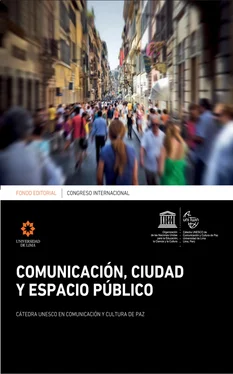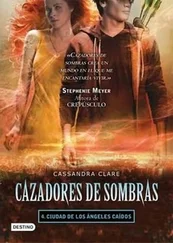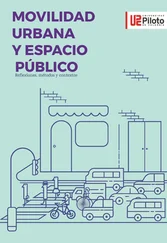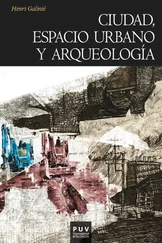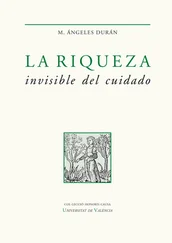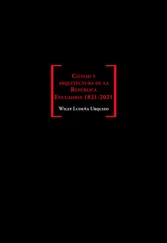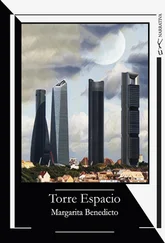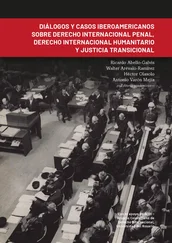The design decision-making process in deelgebied 5 ’s plan and Punt en Komma ’s project resonates with Stuart Hall’s definition of the negotiated code. “Decoding within the negotiated version”, Hall claims, “contains a mixture of adaptive and oppositional elements: it acknowledges the legitimacy of the hegemonic definitions to make the grand significations (abstract), while, at a more restricted, situational (situated) level, it makes its own ground rules — it operates with exceptions to the rule” (Hall, 2007, p. 102). Siza’s engagement in the urban renewal of the Schilderswijk district epitomizes the challenges brought about to the design disciplines and their relation with managerial strategies, including citizens’ participation. In effect, Siza himself addresses these challenges in his reflections on the experience of designing deelgebied 5 ’s plan. He contends, “the participation of residents, technicians and politicians should signify an open process, not simply appeasing or conformist, nor of a local and fragmentary nature, and not merely conducive to the adoption of models around which a consensus is easily reached” 22.
Siza criticizes the dominant-hegemonic approach and advocates a negotiated code to create an open design decision-making process. This is an essential feature of a disciplinary approach able to tackle the challenges of urban renewal policies in an holistic way, from the urban scale to the dwelling unit; from the definition of the urban image and collective spaces to the detailing of the sliding door in the apartments; from the definition of the building’s materialization to the solution of acoustic problems; dealing with the agenda of policy makers and the idiosyncrasies of the residents.
In the design decision-making process of the plan for deelgebied 5 and the project for the Punt en Komma buildings the conflicts and tensions brought about in citizens’ participation became part and parcel of the creative process. As Siza put it, designers and the other stakeholders involved in housing design should reject a simplistic approach that sees “participation of residents simply as a pacifying element, so often reductive, refusing by prudence or calculation, the creative leap which qualifies it as an integral part of design” (Siza, 1987).
This case study is useful to discuss the role of the expert in this day and age, and the extent to which experts can still play a role as social mediators in the complex challenges related with the future development of inclusive, resilient cities. According to Zigmunt Bauman, “expertise promises the individuals means and abilities to escape uncertainty and ambivalence and thus to control their own life-world. It presents the dependency on the experts as the liberation of the individual; heteronomy as autonomy” (Bauman, 1993, p. 223). Bauman plainly asserts the emancipatory role of the expert as both a mediator and interpreter, bridging the gap between the objective and the subjective worlds. While doing this, he seems to deem ambivalence as an undesirable condition. However, the case study discussed in this (Bauman)article suggests something different.
Siza’s approach in the design decision-making process for the deelgebied 5 plan, and the Punt en Komma buildings challenges Bauman’s idea of the expert as a proxy for individual escape from uncertainty and ambivalence. Rather, the power of ambivalence in Siza’s design approach is, I would contend, liberating the individual through stimulating his confrontation with the ambiguities and contradictions of the design process. In this context, the nexus between the author and the addressee is conveyed by a negotiated code that accommodates the universal and the situated, order and chaos, standards and contingency, modernity and the vernacular; in other words, autonomy and heteronomy.
Bauman, Z. (1993). Modernity and Ambivalence . New Ed. Polity Press.
Boasson, D. (Ed.). (1988). Visie op de stad: Alvaro Siza in de Schilderswijk, Den Haag / Dorien Boasson . Den Haag: Uitgave Projektorganisatie Stadsvernieuwing’s-Gravenhage.
Bosma, K., van Hoogstraten, D., & Vos, M. (2000). Housing for the Millions: John Habraken and the SAR (1960–2000) . Rotterdam: NAI Publishers.
CIAM ‘59 in Otterlo. (1961). In O. Newman (Ed.), Documents of Modern Architecture 1 . Stuttgart: Karl Krämer Verlag.
Dinesen, C. R. (1982). Boliglaboratorier i Holland. Arkitekten , ( 15 ), pp. 306-308.
Eco, U. (1962). Opera Aperta . Milan.
Eco, U. (1984). The Role of the Reader: Explorations in the Semiotics of Texts. In U. Eco, The Open Work . Cambridge, Massachusetts: Indiana University Press.
Eco, U. (1989). The Poetics of the Open Work. In U. Eco, The Open Work (A. Cancogni, Trans.) (pp.1-23). Cambridge, Massachusetts: Harvard University Press.
Franke, R., & Wensch, B. (1990, August 10). Alvaro Siza Haus. Interview with Alvaro Siza. Bauwelt 81 (29-30), pp. 1462-1498.
Habraken, J. (1961). De Dragers en de Mensen, het einde van de massawoningbouw.
Hall, S. (2007). Encoding, Decoding. The Cultural Studies Reader (S. During, Ed.), 3(90-103). London and New York: Routledge .
Kedziorek, A., & Ronduda, L. (Eds.). (2014). Oskar Hansen – Opening Modernism: On Open Form Architecture, Art and Didactics . Warsaw: Museum of Modern Art in Warsaw.
Mota, N. (2014, September 3). Álvaro Siza’s Bonjour Tristesse: A Symphony for a Big City. The Journal of Architecture 19 ( 5 ), 779-808.
Ridderhof, R. (1994). You Cannot Impose an Imaginary History on the City. Interview with Alvaro Siza. Detachement and Involvement. Work of Alvaro Siza for the Schilderswijk Area, The Hague , 39-48. (R. Ridderhof, Editor) The Hague: Koninklijke Bibliotheek.
Schwartz, B. (2016). The Paradox of Choice: Why More Is Less. 2nd . New York: Harper Collins.
Siza, A. (1987, September). Il Piano per La Zona 5: Direttive e Suggerimenti. Casabella , 538, 9.
Till, J. (2009). Architecture Depends. Cambridge: MIT Press.
Tzonis, A., & Lefaivre, L. (n. d.). In the Name of the People. The Development of the Contemporary Populist Movement in Architecture. Forum XXV ( 3 ), 28-29.
UN. (2015). The 17 Sustainable Development Goals (SDGs) .
Van Hoogstraten, D. (2010). Master of Your Own Home. Time and Hierarchy in the Housing of John Habraken and the SAR. Delft Architectural Studies on Housing , 4, 4-19.

RESUMEN
Esta investigación aborda las relaciones yuxtapuestas que surgen al analizar y construir mapeos pertinentes a la eficiencia urbana *, en ciudades latinoamericanas con distintos sustratos topográficos, encontrando cierto grado de relación entre las que se ubican en la planicie Atlántica de América del Sur **, en contraposición a las establecidas en el macizo andino de la costa del Pacífico ***.
En un contexto en donde “el planeta Tierra vive un período de intensas transformaciones tecnocientíficas como contrapartida de las cuales se han generado fenómenos de desequilibrio ecológico que amenazan, a corto plazo, si no se le pone remedio, la implantación de la vida sobre la superficie” (Guattari, 1990, p. 7) es indispensable encontrar estrategias, locales, regionales y globales válidas para comprender y resolver los procesos actuales.
Читать дальше
